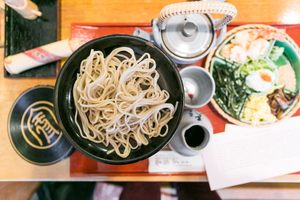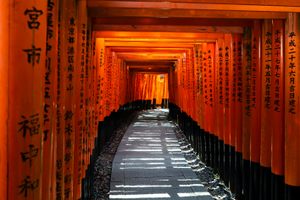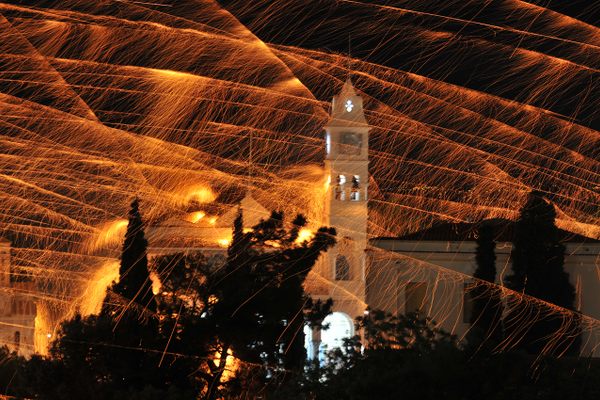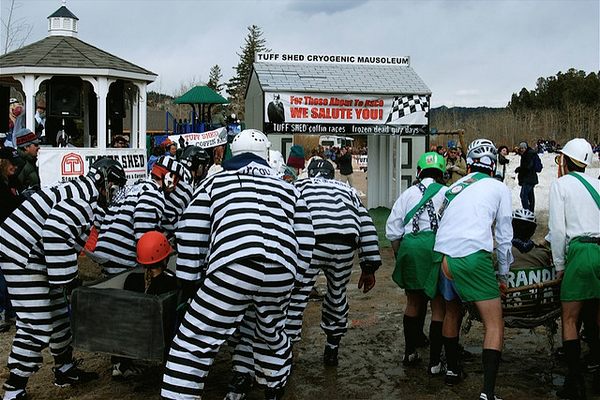About
In 869 Kyoto was struck by a massive epidemic. In order to end the plague and appease the gods, Emperor Seiwa requested the head priest of the Yasaka Shrine to hold a procession to remove the evil spirits from the city.
Every year since, on July 17th, the procession is held. At least 32 floats, or pikes, many of them hundreds of years old and all constructed without iron or nails, are drawn through Kyoto's streets by teams of men in one of Japan's biggest festivals. The floats are decorated with carvings, statues and precious Gobelin tapestries, some 600 years old, and depict scenes from the Buddhist or Shinto religions, Japanese and Chinese history and literature or Noh plays. The largest floats, pulled by teams of up to 100 men in period costumes, weigh more than ten tons. Steering is done by blocking the front wheels with wooden wedges while chanting men pull on stout ropes to maneuver around corners.
From the 13th to the 16th of July, the 'kon-chiki-chin' Gion Rhythm (Gion-bayashi) is played in each town where the pikes are made, and the festival reaches its peak on the 17th, with the Yamaboko Float Parade (Yamaboko Jyunkou). For four nights before the procession, the floats are parked on certain city streets where spectators can hear the flutes and bells and where masses of lanterns simulate a ship's sails.
Related Tags
Hidden Japan: Sado Island, Nara & Kyoto
Explore a different side of Japan.
Book NowCommunity Contributors
Published
March 14, 2010



































































